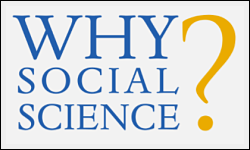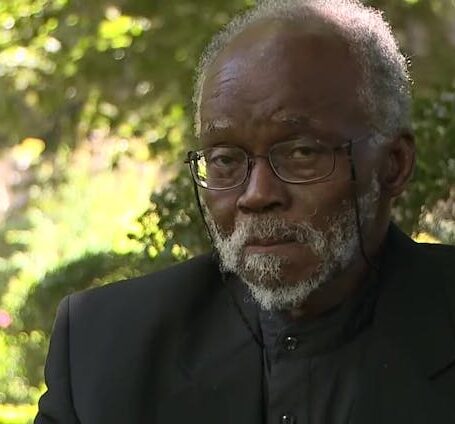 Impact
Impact Why Social Science? To Improve the Public’s Health
William “Bill” Riley is the director of the Office of Behavioral and Social Sciences Research at the National Institutes of Health. He will participate in a congressional briefing on “Social Science Solutions for Health, Public Safety, Computing, and Other National Priorities” on October 4, 2017. To learn more,
click HERE.

William Riley
While waiting in line for a Broadway play, the couple behind us asked why we were in New York, and I told them that I was at a meeting on medication adherence. “Oh, you’re a doctor?” they asked. “Technically, yes, but I’m a psychologist” I said. They responded, “What does psychology have to do with medication adherence?” It struck me at that moment that most people do not understand that social and behavioral factors are the primary contributors to health and illness, and that when ill, these factors also play a significant role in disease management and healthcare delivery, including the relatively simple behavior of taking a pill.
It is understandable why so many people underestimate the importance of social and behavioral determinants of health. The airwaves are saturated with commercials touting various medications, devices, and healthcare facilities, as well as for legal assistance should you have been injured by any of these products and services. In contrast, social and behavioral contributions to health and disease management are not so well advertised and often blend into the background of daily life.

This post originally appeared on the Why Social Science blog sponsored by the Consortium of Social Science Associations. To view the other posts on that site, click HERE.
One could also be misled regarding the importance of social and behavioral determinants of health based on the funding allocations at the National Institutes of Health (NIH). Social and behavioral factors account for approximately 50 percent of the premature deaths in the United States, but only about 10 percent of the grants funded by the NIH each year have social and behavioral aspects in the research proposed. The role of the office I direct at the NIH, the Office of Behavioral and Social Sciences Research (OBSSR), is to enhance the impact of health-related behavioral and social sciences research, communicate health-related behavioral and social sciences research findings to various stakeholders within and outside the federal government, and coordinate the behavioral and social sciences conducted and supported by the NIH. To accomplish this mission, we released our strategic plan for fiscal years 2017-2021.
The following are just a few examples of the titles from over 2,600 new behavioral and social sciences research grants the NIH funded in fiscal year 2016:
- Adolescent binge drinking and its effects on adult brain and behavior
- Strategies to promote cessation in smokers who are not ready to quit
- Modeling the coupled dynamics of influenza transmission and vaccination behavior
- Randomized trial of abandoned house remediation and its effects on substance abuse and violence
- Sleep disturbance, inflammation, and cellular aging in breast cancer
- Opioid prescribing in Medicaid: healthcare utilization and deaths
- Development of gaze control for integration of language and visual information in deaf children
- Parent training program to improve outcomes in childhood obesity treatment
- The effect of a housing mobility program on environmental exposures and asthma comorbidity among low-income minorities
- At risk driving and compensatory strategies in older adults with glaucoma
- Neurocognition, lifestyle modification, and treatment resistant hypertension
- Fear extinction and sleep across the spectrum of severity in post-traumatic hyperarousal
The NIH and OBSSR are committed to ensuring that the research we fund has a public health impact. In the social and behavioral sciences, there are many examples of how prior research has led to improved public health. For example, we now have effective interventions for health risk behaviors such as smoking, poor diet, and sedentary behavior. Due to social and behavioral research, patients managing a chronic disease have a range of effective strategies to help them and their providers better manage their condition.
Social and behavioral scientists also understand that many health influences occur above the level of the individual and outside the healthcare system. Economic stability, neighborhood characteristics, education, food access, social systems, and health care access are but a few of the many factors identified by research to influence the health of the population. One example of such research is a study by Ludwig and colleagues. In the 1990s, the Department of Housing and Urban Development (HUD) randomly assigned women and their children living in public housing to traditional housing vouchers versus vouchers that were redeemable only if they moved to a low-poverty area. Over 10 years later, those receiving the low-poverty housing vouchers were less likely to be obese or have diabetes than those who received traditional housing vouchers. While we do not understand the mechanisms by which moving from high-poverty to low-poverty housing produces its positive health effects, these types of studies have important implications for population-level policies aimed at improved the health and welfare of our nation.
One of the many exciting aspects of health-related social and behavioral research is the breadth of potential factors considered, from genetics to macro-economics and everything in between. Why social science? Because the social and behavioral sciences have and will continue to contribute to improving the health of the population.
































































































